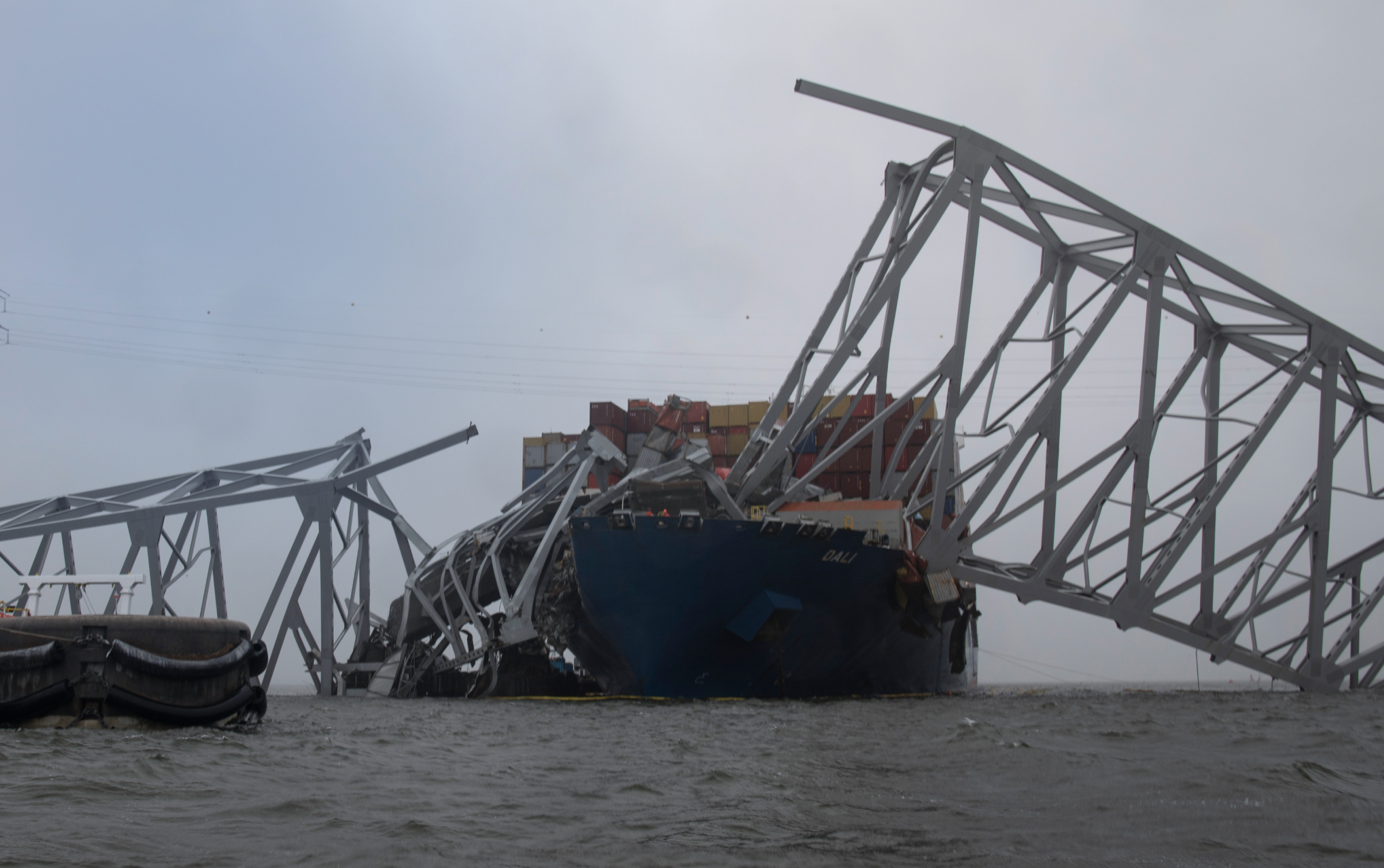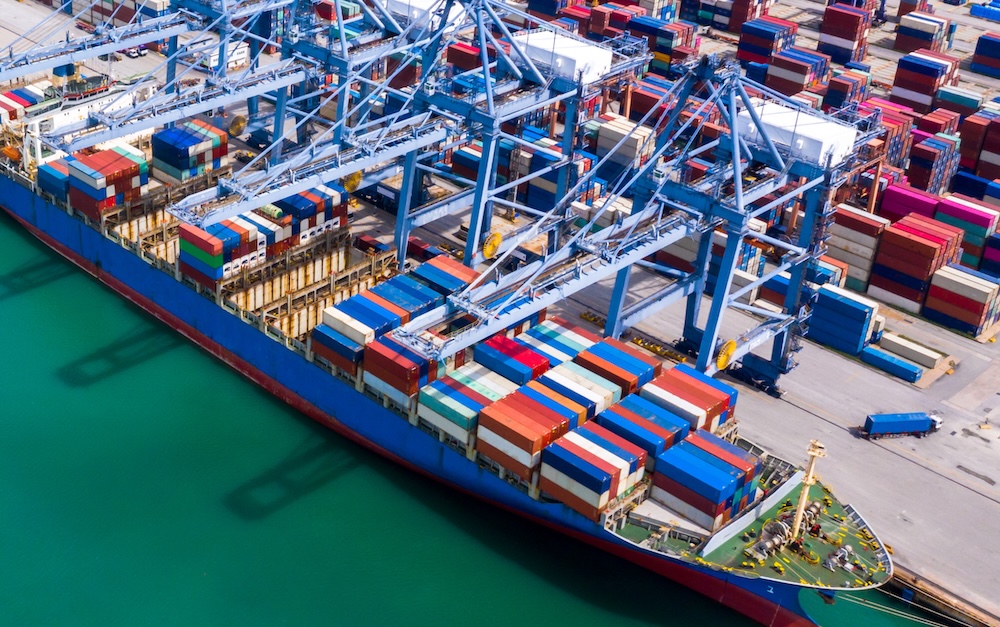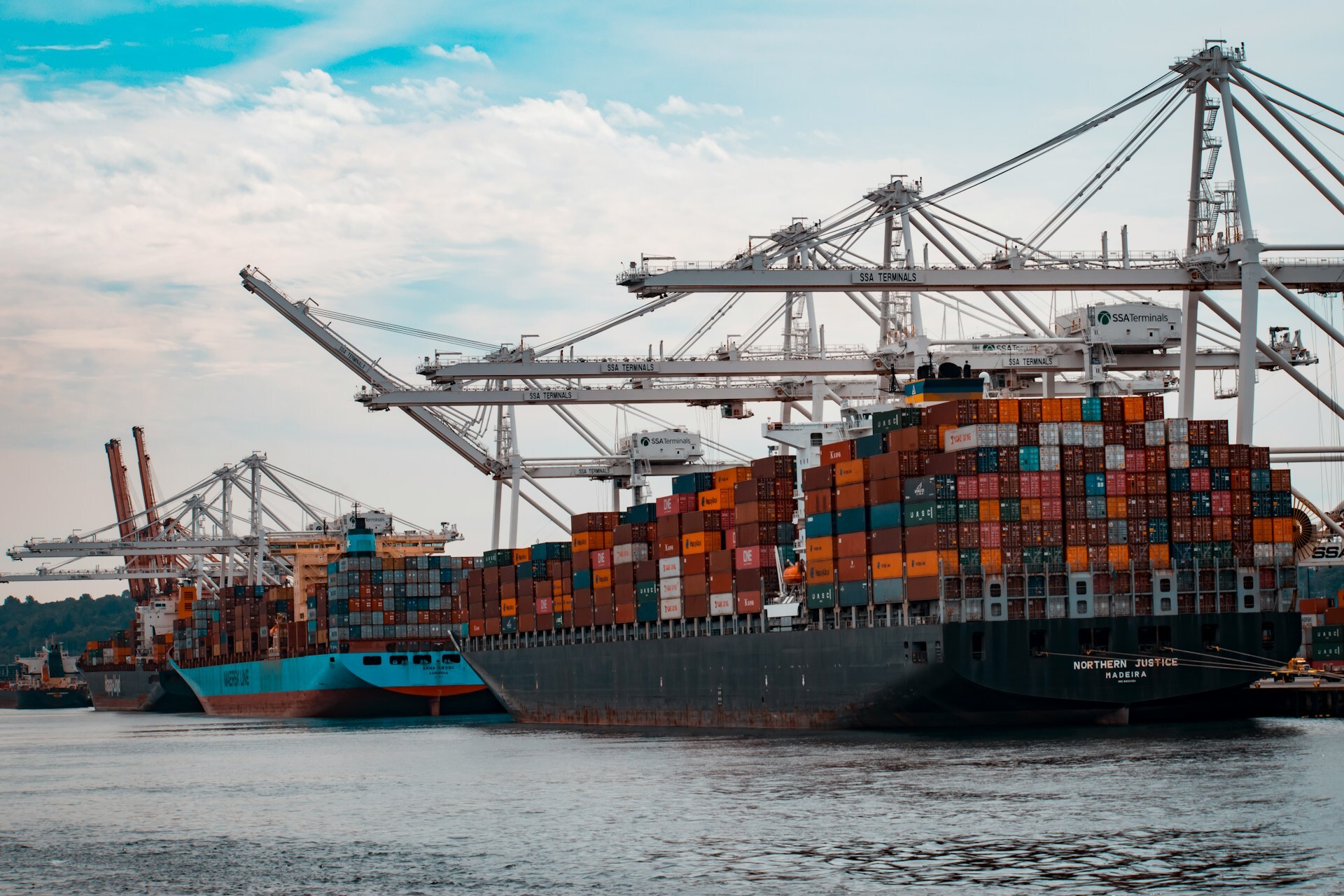Supply Chain Reactions in The Wake of The Baltimore Bridge Collapse

The recent collapse of the Baltimore Bridge has caused many problems for families, businesses, and supply chains nationwide. And potentially across North America. Search for the stranded victims is ongoing and driven by government agencies like the National Transportation Safety Board.
The port of Baltimore is the ninth busiest in the country, and the collapsed Francis Scott Key bridge was a major connection to the port. In the wake of this incident, the port has shut down operations. Businesses and supply chains with shipments heading to Baltimore are now rerouting to ports surrounding Baltimore.
While the total throughput at the port of Baltimore accounts for roughly 2% of the US import and export movement, the ‘black swan’ aspect of it has caused some repercussions to supply chains on the East Coast ports.
Its collapse presents an unprecedented disruption to supply chain operations across the country. However, businesses and the government are working together to limit its impact.
Visibility is Paramount
Regardless of the ‘size of the impact’ on supply chains from the Baltimore bridge collapse, disruptions like this tend to spotlight the need for visibility over freight movement for shippers.
Getting it right goes beyond tracking a container ship -- there must be a balanced consideration of internal and external factors, like the location of warehouses and available ports. In recent years, visibility has become necessary and a driving force for supply chains seeking more efficient and streamlined operations. If there was any skepticism around it, market conditions since the advent of the pandemic have done a fine job of dispelling such doubts.
Take, for instance, the port of Baltimore, where many shipments are currently being rerouted away. This would mean that shippers must plan and execute alternative routes and/or a shipping channel quickly to avoid prolonged disruption to their shipment and supply chains. To do that, they will need to rely on accurate data. Accurate data would, first and foremost, allow the supply chains to replan their inventory management and communicate necessary information, such as new delivery times.
Getting accurate data on where rerouted vessels are going, and their estimated vessel arrival dates will be key to accomplishing this.
As you can imagine, export operations are also being disrupted. They can’t do much except reposition containers (which costs a lot of money, especially for the largest container ships) to other ports or wait for the Maryland Port Administration to reopen the port and terminals. However, there is still no set date for the port to open even as the Navy pushes to reopen the Fort McHenry Channel. This creates a major ripple effect across global supply chains relying on them.
The exporters have little to do but communicate with their international partners about the current situation and discuss updates and scheduling. And help connected supply chains make necessary adjustments to their supply chain, including container pickups and drop-offs. They must rely on up-to-date ERD and cut-off dates to do that effectively.
Avoiding Demurrage and Alternate Transportation
The congestion at the surrounding terminals and ports is extreme. Unless the government intervenes, these ports cannot extend any free time to accommodate stranded shippers.
Tech solutions like a customizable workflow could be useful during this period. Leveraging such a solution will allow more shipping operations to expedite rerouting. More ports along the eastern coast are expanding hours to handle diversion. This should allow more businesses to get around the delays and avoid exceeding unloading times at ports or terminals.
About two-thirds of the goods that came through the Baltimore port and terminals (including the seagirt marine terminal) ended up in warehouses and distribution centers around the area. However, getting to these facilities will now prove tricky, especially in the short term.
Shippers and supply chain operations have begun coming to the conclusion that they will need to take longer routes to get to their warehouses, which will cost them a lot more. Depending on the distance between the alternate port and the intended receiving warehouses, transloading may be the best solution to mitigate further inventory delays.
At Risk Revenue
With the bridge collapsed, the disruption to the logistics or transportation process has been devastating, especially for businesses in Baltimore. However, these businesses and their supply chains must be responsive and meet their sales orders.
Customers can tolerate delays in situations like this, but not for long. Irrespective of the customer's tolerance, shippers and supply chains still have to meet up with these orders because the competition would. It is an excellent opportunity to either lose or gain loyal customers. To help avoid complications in mitigating the crisis, these businesses must assess which sales orders are impacted and quickly call customers to discuss alternatives.
That will help reduce the pressure and create some wiggle room for businesses -- to strategically plan on completing the orders in the short term and develop strategies for the long term.
One of the strategies for completing these orders may entail transporting inventory from other warehouses across the country using light trucks. However, it will depend on available inventory and if many of the shipments can be rerouted to other ports across the country. This is particularly important amidst the marine traffic.
How Silq Can Help Shippers During This Period
Like everything else, supply chain operations and delays can be sorted out with adequate planning. The Silq platform is an ideal shipping platform for effective planning and replanning during shipping operations. Shippers can also use it to leverage visibility through accurate data and customizable workflows the platform provides to its users. Get started with us today.
Ready for Supply Chain Predictability?
Importers using Silq ship smarter, safer, and with total control.






.jpeg)
